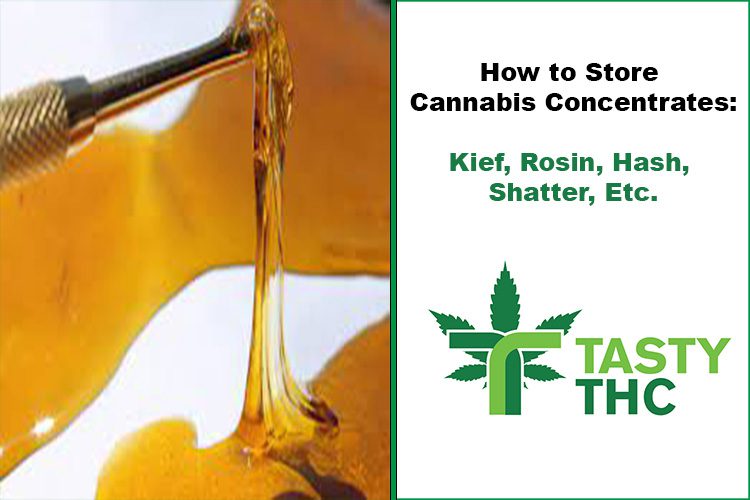Discover The Secrets Of Marijuana Plant Anatomy, Chemistry, And Cannabinoids
Introduction
Marijuana, also known as cannabis, is a versatile plant with a rich history of medicinal and recreational use. Understanding the intricate anatomy, chemistry, and properties of the marijuana plant can help users better appreciate its therapeutic potential. In this article, we will explore the plant’s unique features, its various compounds, and the fascinating world of cannabinoids.
Plant Anatomy
The Roots
The roots of the marijuana plant serve as its foundation. They are responsible for absorbing nutrients and water from the soil, ensuring the plant remains healthy and well-fed.
The Stems
The stems provide structural support for the plant, allowing it to grow tall and strong. Stems also transport water and nutrients from the roots to the leaves and flowers.
The Leaves
Marijuana leaves are the most recognizable feature of the plant. They are responsible for conducting photosynthesis, which converts sunlight into the energy necessary for growth.
Types of Leaves
There are two main types of marijuana leaves: Indica and Sativa. Indica leaves are short and wide, while Sativa leaves are long and slender. These differences in leaf shape are indicative of the overall growth patterns and effects of each strain.
Plant Chemistry
Terpenes
Terpenes are organic compounds responsible for the plant’s distinct aroma and flavor. They also play a role in the overall effects of marijuana, interacting with cannabinoids to create what is known as the “entourage effect.”
Flavonoids
Flavonoids are a class of compounds that give marijuana its color and provide potential health benefits. They are also found in various fruits, vegetables, and herbs.
Other Compounds
In addition to terpenes and flavonoids, marijuana contains a range of other compounds, such as fatty acids, proteins, and vitamins.
Cannabinoids
THC
Tetrahydrocannabinol (THC) is the primary psychoactive compound found in marijuana. It is responsible for the plant’s characteristic “high” and has several medical uses, such as pain relief, nausea reduction, and appetite stimulation.
CBD
Cannabidiol (CBD) is another significant cannabinoid. It is non-psychoactive and has numerous therapeutic applications, including anti-inflammatory, antipsychotic,
and anticonvulsant properties.
Other Cannabinoids
Apart from THC and CBD, there are numerous other cannabinoids present in the marijuana plant, each with unique properties and potential medical applications. Some of these lesser-known cannabinoids include CBG (cannabigerol), CBC (cannabichromene), and THCV (tetrahydrocannabivarin).
Medical Uses
Many cannabinoids have shown promise in treating a wide range of medical conditions, such as epilepsy, multiple sclerosis, and cancer-related symptoms.
Trichomes
Function
Trichomes are tiny, hair-like structures found on the surface of marijuana leaves and flowers. They produce and store the plant’s essential oils, which contain the cannabinoids, terpenes, and other bioactive compounds.
Types
There are three main types of trichomes: bulbous, capitate-sessile, and capitate-stalked. Each type has a specific function and appearance, with capitate-stalked trichomes being the most prominent and abundant.
Harvesting Trichomes
Understanding trichomes is crucial for cultivators, as their appearance can indicate the optimal time for harvesting. When trichomes become milky or amber in color, it is generally an indication that the plant is at its peak cannabinoid content.
Marijuana Cultivation
Indoor vs. Outdoor
Cannabis can be grown both indoors and outdoors, each with its benefits and challenges. Indoor cultivation allows for greater environmental control, while outdoor cultivation leverages natural sunlight and has lower start-up costs.
Strain Selection
Choosing the right strain is crucial for successful marijuana cultivation. Factors to consider include climate, growth characteristics, and the desired cannabinoid profile.
Harvesting and Curing
Proper harvesting and curing techniques are essential to preserving the plant’s chemical composition, ensuring optimal potency, aroma, and flavor.
Conclusion
The marijuana plant is a complex organism with a fascinating anatomy, chemistry, and array of cannabinoids. Understanding these aspects not only deepens our appreciation for the plant but also allows us to harness its therapeutic potential effectively. From the roots to the trichomes, each part plays a vital role in producing the unique effects and benefits associated with cannabis.
FAQs
- What is the difference between Indica and Sativa leaves? Indica leaves are short and wide, while Sativa leaves are long and slender. The differences in leaf shape reflect the overall growth patterns and effects of each strain.
- What are terpenes and flavonoids? Terpenes are organic compounds responsible for marijuana’s distinct aroma and flavor, while flavonoids give the plant its color and provide potential health benefits.
- What is the entourage effect? The entourage effect refers to the synergistic interaction between cannabinoids, terpenes, and other compounds in marijuana, enhancing the overall therapeutic benefits.
- Why are trichomes important for marijuana cultivation? Trichomes produce and store essential oils containing cannabinoids, terpenes, and other compounds. They also indicate the optimal harvest time based on their color.
- How does indoor cultivation differ from outdoor cultivation? Indoor cultivation offers greater environmental control but comes with higher start-up costs, while outdoor cultivation utilizes natural sunlight and has lower initial expenses.



